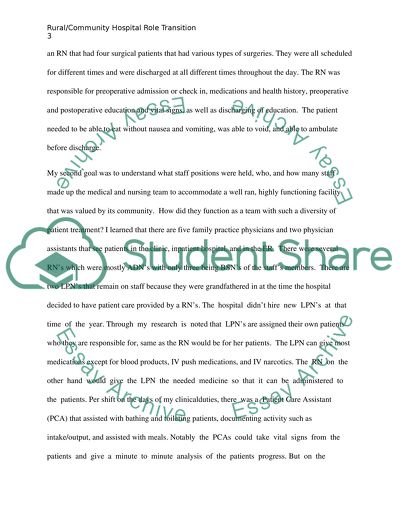Cite this document
(“Rural/Community Hospital Role Transition Assignment Essay”, n.d.)
Retrieved from https://studentshare.org/nursing/1471282-rural-community-hospital-role-transition
Retrieved from https://studentshare.org/nursing/1471282-rural-community-hospital-role-transition
(Rural/Community Hospital Role Transition Assignment Essay)
https://studentshare.org/nursing/1471282-rural-community-hospital-role-transition.
https://studentshare.org/nursing/1471282-rural-community-hospital-role-transition.
“Rural/Community Hospital Role Transition Assignment Essay”, n.d. https://studentshare.org/nursing/1471282-rural-community-hospital-role-transition.


